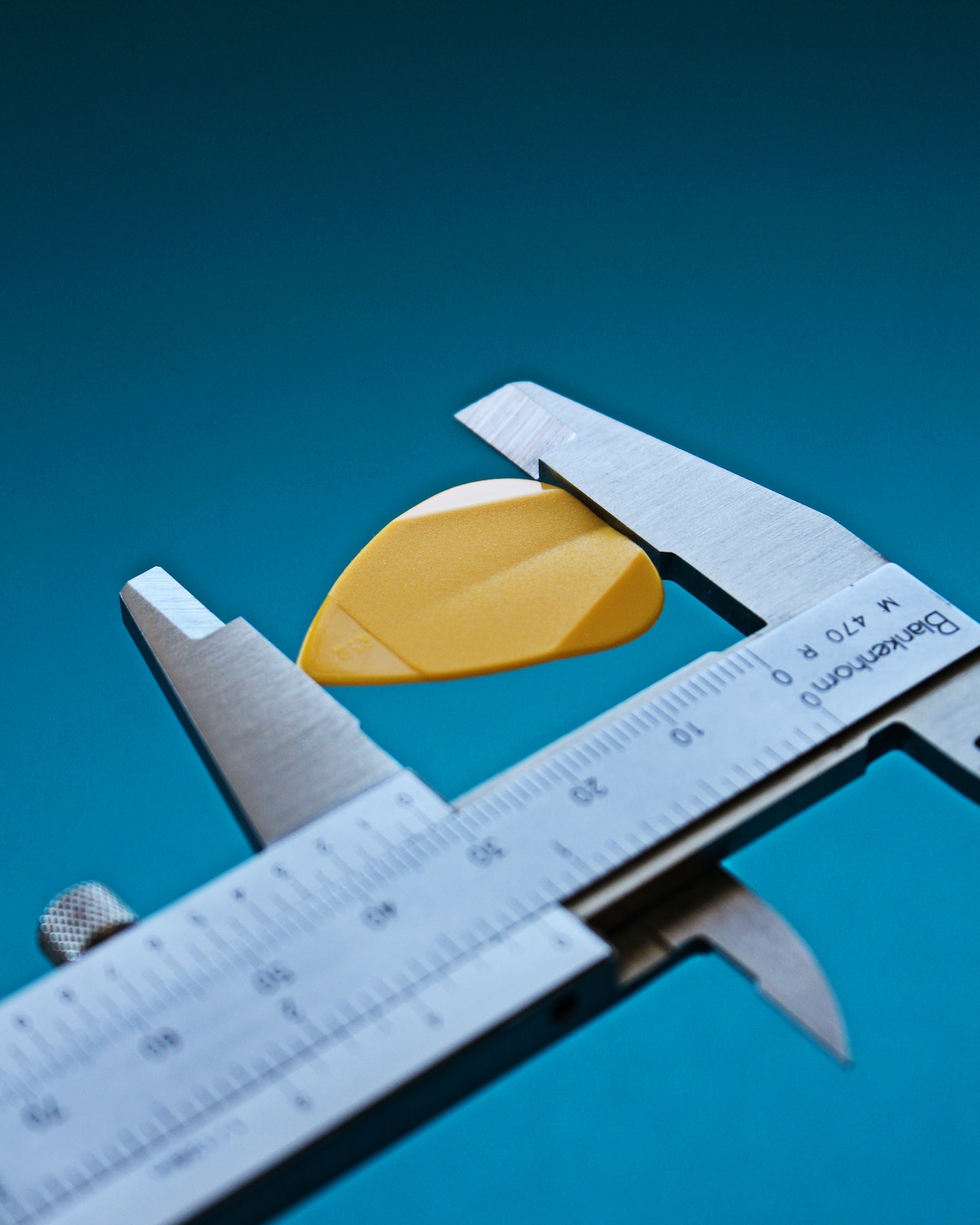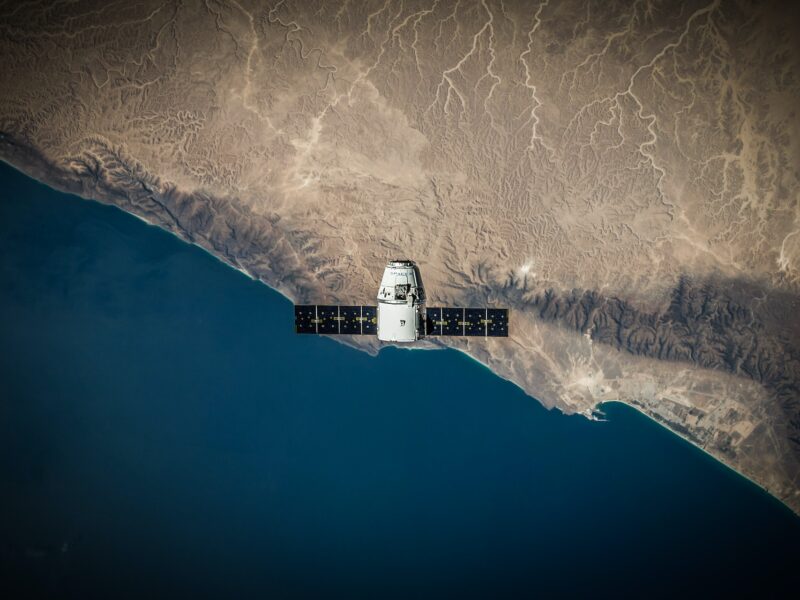Converting between English and Metric measurements is a common practice in various fields, including science, engineering, and everyday life. Here are some practical examples and applications of converting between these measurement systems:
- Cooking and Baking:
Example: Converting tablespoons to milliliters.
Application: When following a recipe, you may need to convert measurements between tablespoons (English system) and milliliters (Metric system) to ensure accurate ingredient quantities.
- Travel and Distance:
Example: Converting miles to kilometers.
Application: When planning a road trip in a country that uses the English system (miles), you might need to convert distances to kilometers to better understand the route.
- Weather Forecasting:
Example: Converting Fahrenheit to Celsius.
Application: Many weather forecasts provide temperatures in Fahrenheit (English system). To understand these temperatures in Celsius (Metric system), you need to perform the conversion.
- DIY Projects:
Example: Converting feet to meters for construction projects.
Application: When building or renovating, you may encounter measurements in feet (English system). Converting them to meters (Metric system) can help with planning and purchasing materials.
- Science and Lab Work:
Example: Converting ounces to grams.
Application: In a laboratory, you may need to convert measurements from ounces (English system) to grams (Metric system) when working with chemicals or substances.
- International Trade:
Example: Converting pounds to kilograms for shipping.
Application: In international trade, weight measurements are often specified in pounds (English system), but for shipping and customs purposes, it’s necessary to convert to kilograms (Metric system).
- Fitness and Health:
Example: Converting pounds to kilograms for weight monitoring.
Application: If you’re tracking your weight and using a scale that provides measurements in pounds (English system), you might convert those values to kilograms (Metric system) for consistency.
- Automotive Industry:
Example: Converting miles per hour (mph) to kilometers per hour (km/h).
Application: Understanding vehicle speed in countries with different measurement systems is crucial for safe driving and compliance with speed limits.
- Scientific Research:
Example: Converting inches to centimeters for precise measurements.
Application: In scientific experiments, researchers often work with extremely precise measurements. Converting between inches (English system) and centimeters (Metric system) can help achieve this precision.
- Energy Efficiency:
Example: Converting British Thermal Units (BTUs) to joules.
Application: When assessing the energy efficiency of heating or cooling systems, you may need to convert energy measurements from BTUs (English system) to joules (Metric system) for accurate comparisons.
- Manufacturing and Industry:
Example: Converting gallons to liters for fluid volume calculations.
Application: In manufacturing processes, fluid quantities may be measured in gallons (English system). Converting them to liters (Metric system) can aid in calculations and quality control.
- Medicine and Healthcare:
Example: Converting inches to centimeters for patient height.
Application: In medical settings, it’s common to convert height and weight measurements between English and Metric units for consistency in patient records and medical calculations.
Converting between English and Metric measurements is essential for effective communication, precise calculations, and compliance with international standards. Whether you’re cooking, traveling, working on DIY projects, conducting scientific research, or engaging in various professional fields, the ability to convert between these systems is a valuable skill.


